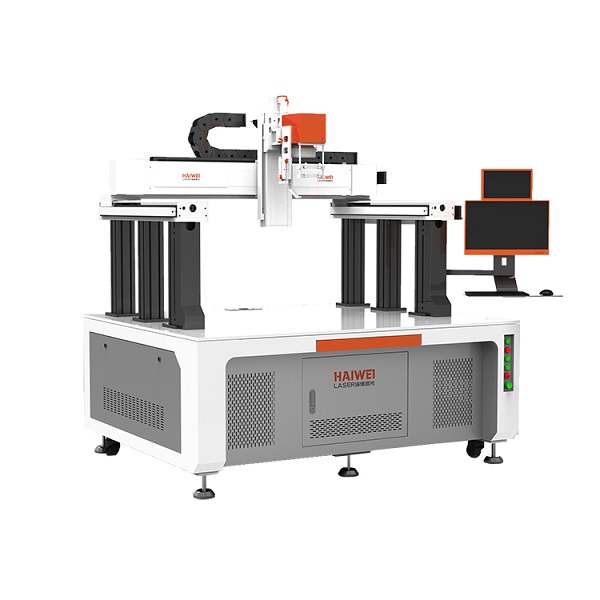How to Avoid Welding Distortion and Cracks in Laser Welding Machines
When using laser welding machines, one of the primary concerns for manufacturers is the prevention of welding distortion and cracks. These issues can compromise the structural integrity of the components and lead to costly rework or even product failure. Here are some practical strategies to mitigate these problems effectively.

Understanding the Causes of Distortion and Cracks
Before diving into solutions, it's important to understand what causes laser welding deformation and cracks. Thermal expansion during the welding process, uneven heating and cooling rates, and the metallurgical properties of the materials being joined are all contributing factors. By comprehending these causes, targeted measures can be taken to minimize their impact.
Proper Fixture Design
A well-designed fixture is crucial in maintaining the position of parts during the welding process, thereby reducing the likelihood of distortion. Fixtures should provide adequate support and clamping force to resist the forces generated by the heat input. Additionally, fixtures designed with thermal expansion in mind can help distribute stresses evenly across the joint area.
Optimizing Welding Parameters
Adjusting the parameters of your laser welding machine is another effective method to prevent defects. This includes managing the laser power, welding speed, and focus spot size to achieve a balance that minimizes heat input while ensuring sufficient penetration. Pulse shaping can also be employed to control the heat distribution more precisely, leading to less distortion and fewer cracks.
Preheating and Post-Weld Heat Treatment
Preheating the material before welding can reduce thermal gradients and slow down the cooling rate, which helps in minimizing the risk of cracking. Similarly, post-weld heat treatment can relieve residual stresses that might otherwise cause distortion over time. Both practices should be tailored to the specific materials being welded.
Using Fillers and Joint Design
Incorporating fillers into the weld pool can help accommodate shrinkage and reduce cracking. Moreover, designing joints to allow for proper filler material placement can enhance weld quality. For instance, a V-groove design can facilitate better penetration and reduce stress concentrations compared to a square butt joint.
Continuous Monitoring and Feedback Systems
Modern laser welding machines come equipped with sensors and monitoring systems that track the welding process in real-time. These systems can detect variations in the weld pool and adjust parameters on-the-fly to prevent defects. Implementing such technologies ensures consistent weld quality and reduces the chances of encountering distortion or cracks.
By applying these techniques, users can significantly reduce the occurrence of laser welding deformation and cracks, ensuring high-quality welds and extending the lifespan of the products. Investing in the right equipment and adhering to best practices will not only save costs but also improve overall production efficiency.
Recent Posts
- What are the advantages of laser welding machines in lithium battery pack production lines?
- What issues should be noted when choosing a lithium battery pack production line?
- Quality Inspection and Control of Lithium Battery Module Pack Production Line
- Cell grouping and sorting process in lithium battery module pack production line
- What are the safety hazards of lithium battery pack production lines and how can they be prevented?
INQUIRY

